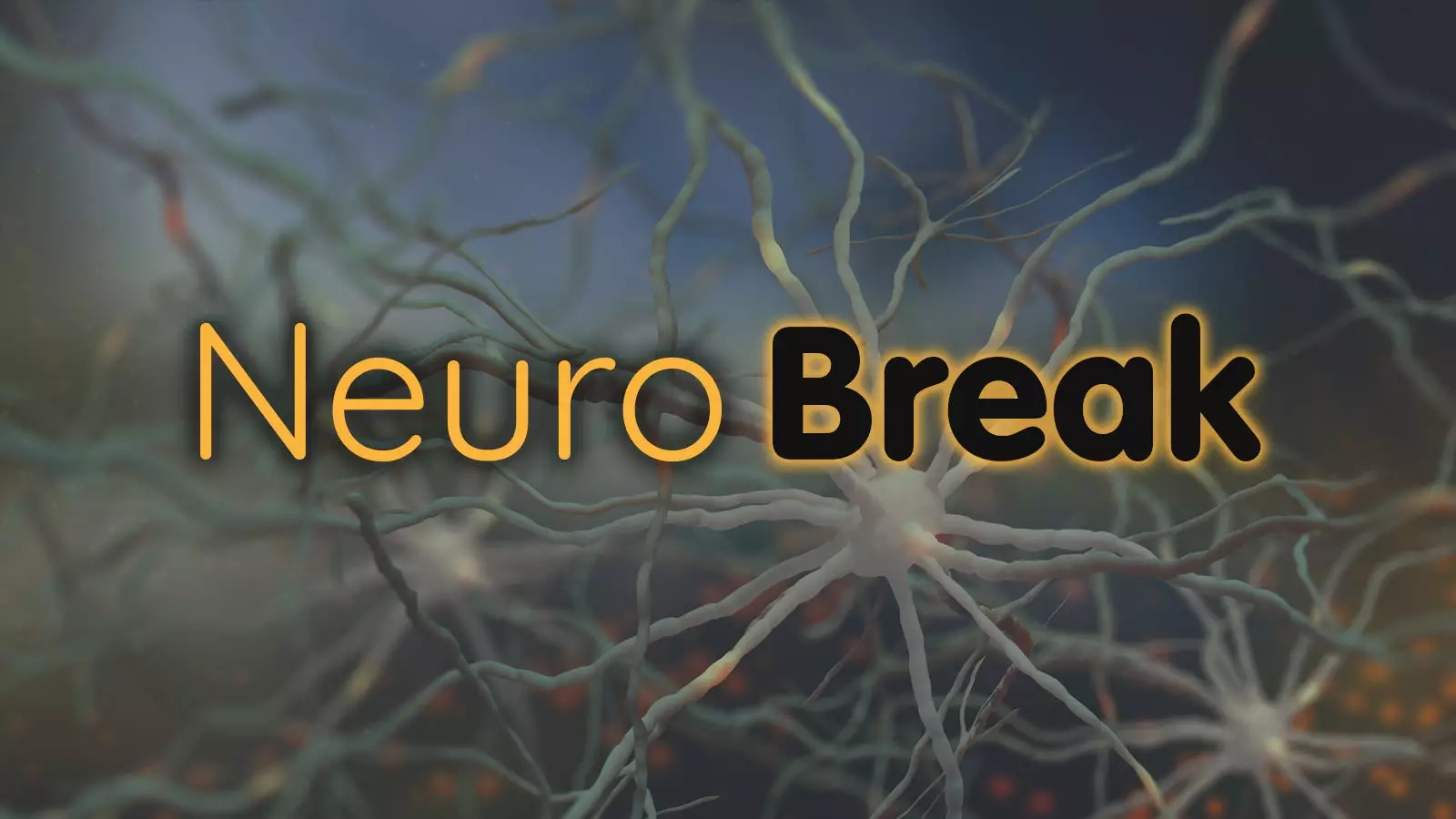In a groundbreaking development, a woman’s relentless pursuit to comprehend the etiology of her chronic fatigue syndrome has unraveled a significant revelation about the role of WASF3 protein. This discovery, documented in the Washington Post and the Proceedings of the National Academy of Sciences, has paved the way for a deeper understanding of ME/CFS. With this newfound knowledge, researchers can explore potential treatment modalities, offering hope to countless individuals grappling with this debilitating condition.
A recent meta-analysis, published in JAMA Neurology, has shed light on the concerning association between post-stroke seizures and increased mortality risk. Additionally, these seizures correlate with poor functional outcomes, heightened disability, and an elevated risk of developing dementia. This insight highlights the imperative for healthcare professionals to swiftly address and manage post-stroke seizures to mitigate potential long-term consequences.
Renowned guidelines featured in the Annals of Clinical and Translational Neurology recommend comprehensive genetic testing for individuals afflicted with amyotrophic lateral sclerosis (ALS). These guidelines specifically endorse the inclusion of a C9orf72 assay and the sequencing of SOD1, FUS, and TARDBP genes. Given the genetic diversity underlying ALS, personalized genetic testing can enhance diagnosis accuracy, guide treatment decisions, and offer patients a clearer understanding of their condition.
Artificial intelligence has taken a remarkable leap forward in neurology with an innovative tool that can predict the likelihood of developing Parkinson’s disease and other medical conditions. By analyzing retinal images, this groundbreaking technology showcases the potential to revolutionize early detection practices, leading to more efficient interventions and improved patient outcomes. Nature highlights this significant development, illustrating how AI continues to reshape the field of neurology and advance our understanding of complex disorders.
Researchers have discovered a remarkable correlation between surgical intervention for scoliosis in children with cerebral palsy and a decrease in mortality rates. Published in Neurology, this breakthrough study underscores the significance of proactive medical intervention, highlighting how surgical procedures can positively impact the lives of individuals affected by cerebral palsy. This groundbreaking finding provides renewed hope for parents and caregivers while emphasizing the importance of early detection and intervention.
JAMA Neurology shares a harrowing revelation surrounding the financial challenges confronting individuals with probable dementia. Research indicates that the decline in financial wealth is alarmingly accelerated in the decade preceding dementia onset, surpassing the decline experienced by control subjects. This distressing discovery emphasizes the urgent need for enhanced support systems and targeted financial interventions to alleviate the burdens endured by dementia patients and their families.
The medical realm continues to witness remarkable advancements and regulatory updates in the evolving field of neurology. AIRAmed’s clearance of their AIRAscore brain volumetry software by the FDA embodies the forward progression in incorporating technology within diagnostics. Meanwhile, Acadia Pharmaceuticals announced an amendment to the boxed warning for pimavanserin (Nuplazid) specifically addressing Parkinson’s disease-related hallucinations and delusions. Furthermore, a secondary analysis exhibited how a telehealth program designed to improve outcomes for dementia patients and caregivers effectively reduced Medicare costs. These developments underscore the critical importance of incorporating technological innovation into medical practices while ensuring patient safety remains paramount.
Nature Communications presents a groundbreaking study exploring the unique presence of circular RNA in damaged brain cells affected by Parkinson’s and Alzheimer’s diseases. Researchers believe that studying this distinctive RNA molecule may hold the key to unraveling the intricacies of these neurodegenerative disorders, leading to potential breakthroughs in diagnosis, treatment, and prevention strategies.
With each emerging discovery, the vast landscape of neurology evolves, challenging previous assumptions and paving new avenues for exploration. Through collective effort and unwavering dedication, the field holds immense potential to transform the lives of individuals grappling with neurological conditions, offering them hope, improved quality of life, and a brighter future.


Leave a Reply